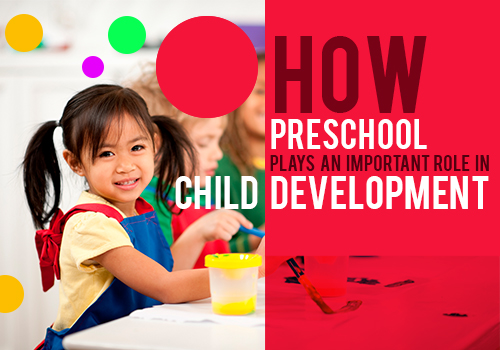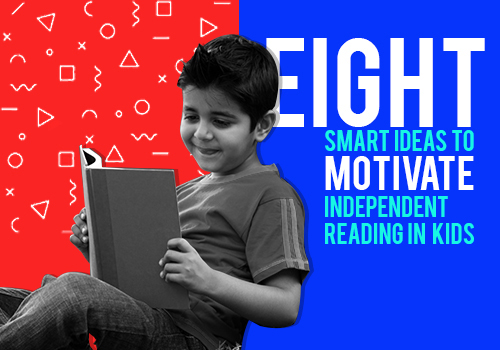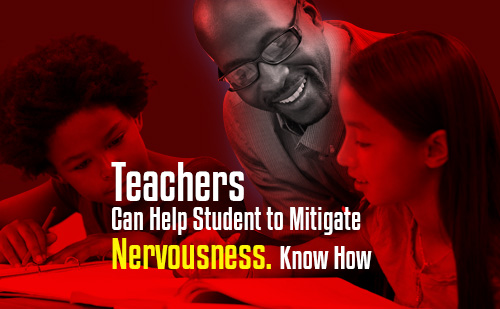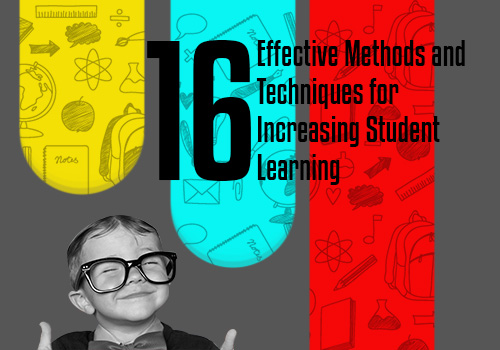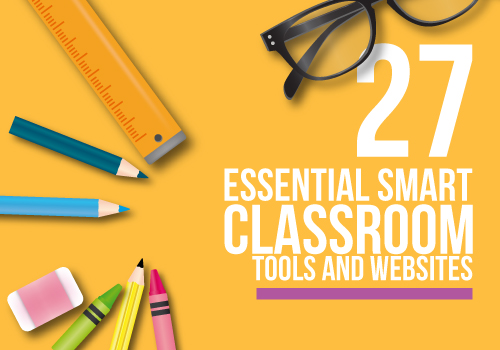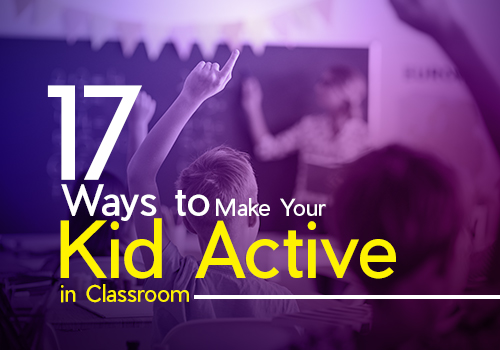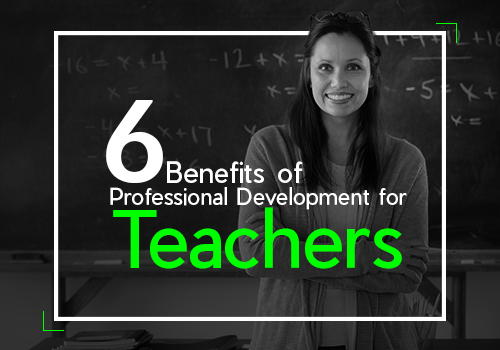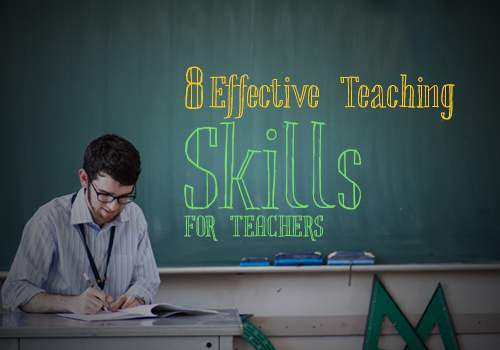“One book, one pen, one child and one teacher can change the world”
Teachers influence the lives of students much more significantly than we imagine. A teacher with the right skills inspires and influences entire student lives. They are instruments who can ignite powerful thoughts in students, helping them unleash their true potential.
To bring about such long-standing impacts, it is important for teachers to have certain skills. Let’s take a look at them.
1. Discipline Skills
Discipline is an important skill that you should possess a teacher so as to be labelled as effective. A vital component of effective classroom management, your discipline ensures that positive behaviour is encouraged inside classrooms.
Unlike common belief, discipline is not about punishing students. Rather, it is a way to manage and guide students. Discipline is directly affected by the kind of relationship you have with your students.
The most important discipline skills you can have includes being respectful, responding to students, and reciprocating their interest. A teacher should be skilled in setting an effective routine with the right amount of flexibility.
As you might be already aware, proper communication and relationship building are very important skills as well.
Get FREE Teacher Apps (Check it Now)
As a teacher, by ensuring good behaviour of students, the battle is half won. But to be an effective teacher, you should also be able to help students develop study and work habits.
Good classroom management skills start with setting certain ground rules to stress the importance of classroom dignity.
Teachers should exercise patience along with a deep sense of care and kindness towards their wards. You as an empathetic teacher will win over the hearts of your students by demonstrating sensitivity, especially during student rifts.
Better student-teacher relationships emerge when you demonstrate a willingness to lend an ear to the problems faced by your students. It is important for teachers to establish a good rapport with students so that a positive, productive and safe learning environment is created in classrooms.
Also Read: 35 Inspirational Quotes for Teachers Appreciation
3. Observation Skills
It is the prime responsibility of teachers to have a thorough understanding about the cognitive, emotional and social development of students. Since a classroom is filled with students coming from different parental backgrounds, it makes sense to a teacher to be aware of the learning capabilities of different students.
Here, observation is the key skill that every teacher should possess to become an effective tutor.
A class can be a mix of slow learners and intelligent students. This is a challenge that teachers face day in and day out when they need to adopt specific teaching patterns so that no student is left behind.
Understanding the innate abilities of each student helps you to match your teaching pace. Remember, given the variety of students in your classroom, “One size does not fit all”. You should adjust your teaching pace taking into consideration the overall IQ level of your class to ensure that every student benefits from your classroom lecture.
Also Read: Why Is It Important For Teachers to Study Philosophy of Education
4. Student Engagement Skills
Day in and day out, every teacher handles a bunch of students with different mentalities towards learning.
While some students demonstrate a keen interest in learning, others are distracted at the smallest provocation. Hence for you to be called an effective teacher, you should develop student engagement skills so that you can motivate your students.
You can make the educational content interesting for students by using different strategies such as the use of visuals and impressive feats and facts.
Developing a strong rapport with students is one of the best ways to ensure your students are engaged in the class. Show genuine interest in them and their interests. Be receptive to their queries and ideas.
Take that extra effort to understand their lives and problems better. Student engagement skills come naturally to some teachers, but others can develop them with practice. If you do it well, you become a “go to” source for the emotional or educational support that every student longs for.
Also Read: 7 Great Indian Teachers Who Gave Education a New Meaning
5. Strong Communication Skills with Students and Parents
Being a teacher, you are always putting your communication skills to test, every single day. Hence it is very important for a teacher to possess effective communication skills.
Your oratory skills coupled with a strong understanding of the subject matter will attract the attention of your students, paving the way for a high level of concentration towards the topic you are discussing.
Your preparedness comes to the fore when you are in a position to clarify the doubts of students so that you can make the subject material interesting to them.
An effective teacher is also expected to communicate with the parents of their wards. When you begin to constantly interact with parents, you will be able to bridge the gap between what is happening in school to what is expected from a particular student.
Parent-teacher meetings, along with phone and email conversations with parents are the tools that will help teachers stay in constant touch with parents. With such conversations, it becomes possible for teachers to update parents of the progress and weaknesses of their wards.
Get FREE Teacher Apps (Check it Now)
6. Teaching Skills
Tagged as a noble profession that can change the lives of students for the better, every effective teacher requires good inter-personal skills along with effective speaking and strong presentation skills. Teaching skills include all of these and more… such as great organizational skills.
Teachers should be well-prepared for their lectures ensuring that they carry all the material that aids in teaching, to the class. You should have a penchant for working in groups.
Along with motivational skills that will keep the fire burning in the bellies of students, an effective teacher should rank high on empathy and rapport-building strategies.
Giving timely feedback about the behaviour and performance of your wards are also part of effective teaching skills.
Also Read: 21 Innovative Apps for Teachers
7. Subject Matter Expertise
Every teacher comes with a specific specialization. Putting in years of teaching experience, effective teachers stand in line with the changes to the curriculum of their favourite subject.
Keeping themselves abreast with the new topics that are added to the course, effective teachers will ensure that their students receive the best education from them.
When teachers demonstrate a high-level of subject matter expertise, students will be encouraged to pose questions with a belief that they will be clarified then and there. This overall knowledge about the subject you have chosen to teach will thus pave the way for interesting classroom sessions.
8. Time Management Skills
It is easy to get carried away by so many different aspects of teaching. But you only have limited classroom time.
Alongside ensuring that the curriculum is completed within the pre-defined time frame, you should also attach importance to the time taken by students to complete their assignments. You should follow a strategy to organize your working day around educational and non-teaching priorities.
An effective teacher, with an intention to offer repetitive practice to students, should strategically plan homework tasks. You can ensure the best use of classroom time by framing and structuring assignments which will help students sit for studies while at home.
Effective time management skills are vital for providing quality education to students while also meeting the specific learning needs of each student.
Also Read: 20 Best Attendance Management App for Teachers
9. Clear Planning Skills
You should be able to clearly plan what the objective for each class is. Planning ahead of time allows you as a teacher to be more confident about what you are going to teach each time you are in a class.
There can be holidays and unexpected events which need to be taken into consideration while planning. Also, have measures for students who are absent at times to help them catch up with the rest of the class.
10. Passion & Positivity
While not exactly a skill, being passionate about teaching is a pre-requisite to be an effective teacher. When you are passionate, you can learn from experience and there would be a constant search for methods to improve yourself as a teacher.
Maintaining a positive attitude is also very important, as you are a role model for your students. Your attitude towards each student will reflect in the way they behave and grow. So, maintain a positive attitude towards each of your students and avoid negative elements in the classroom.
Also Read: 20 Things Teachers Shouldn’t Do in the Classroom [Infographic]
11. Be a Team Player
Students would love to have teachers who are friendly and understands them. Rather than forcing students to learn by disciplining, working with your students as a team would help them have fun while learning.
It creates a positive atmosphere in your classroom, helping students to associate learning with fun activities. If you are a team player, it helps students to bond not just with you, but also amongst themselves.
Also Read: 25 Movies that Educate and Inspire Students
12. Patience
Let’s deal with it; managing a classroom full of students is not the easiest of jobs. There are going to be few students who would test your patience. But, if you lose your nerves during such testing times, it can produce only negative outcomes.
By being patient and working with troublesome students individually, you would be able to improve your classroom atmosphere effectively.
Key Takeaways
To be an effective teacher, you should be able to motivate and support students so that they are well-equipped to deal with any challenges life throws at them both academically and otherwise. With all the above skills in place, you will invariably take on the title of an effective teacher who inspires students in more ways than one.
Get FREE Teacher Apps (Check it Now)











